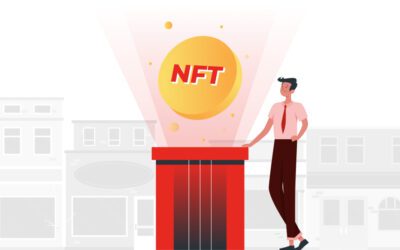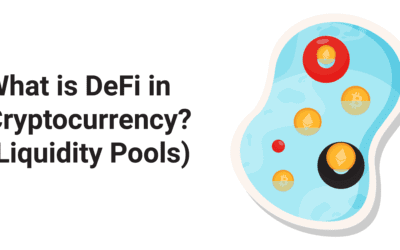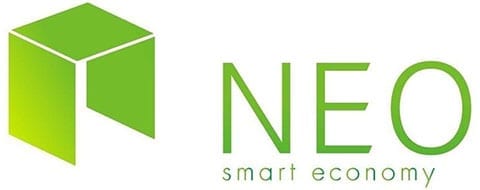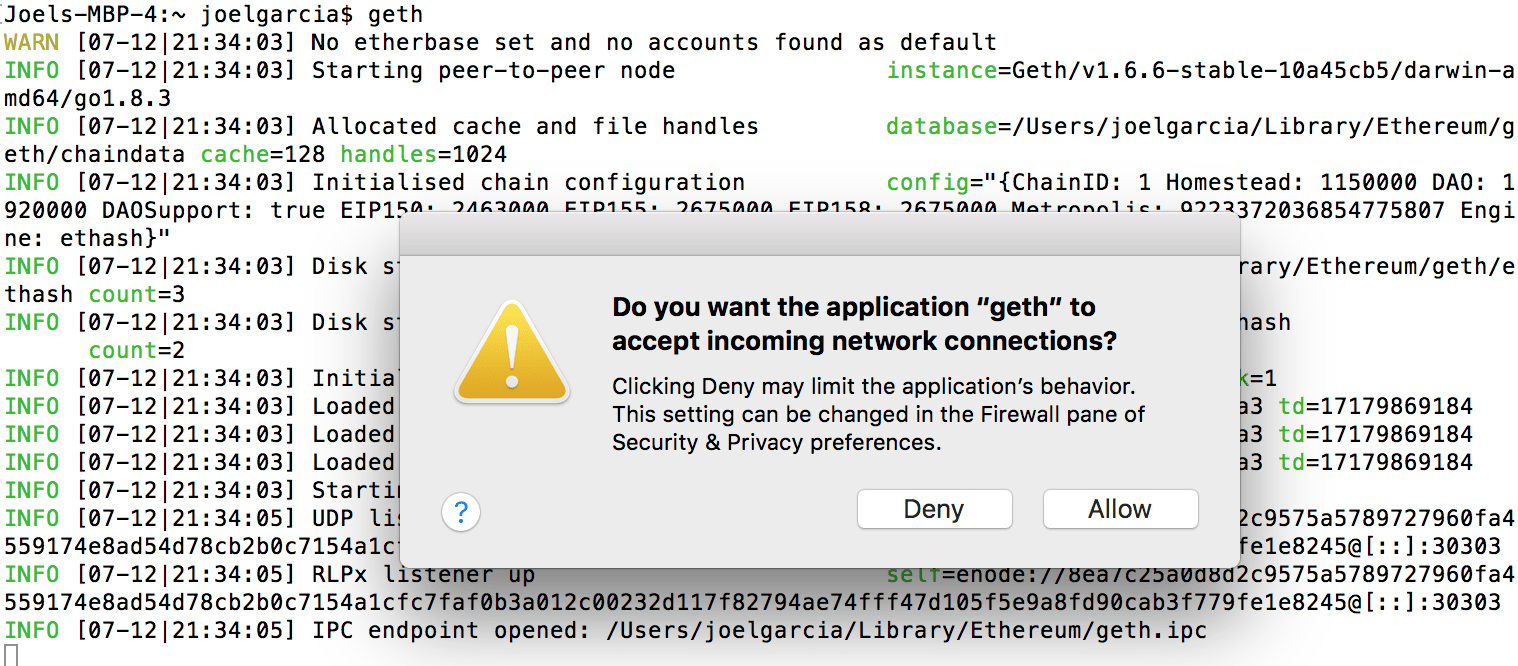If you’ve been following the tech news lately, you’ve probably come across terms like Bitcoin, blockchain, and, more recently, non-fungible tokens (NFTs). Stories of multi-million dollar auctions for digital assets have piqued the interest of artists and collectors alike. However, what exactly are NFTs? And how do they operate?
Cryptocurrency
A cryptocurrency (or “crypto”) is a digital currency that can be used to buy goods and services, but uses an online ledger with strong cryptography to secure online transactions. Much of the interest in these unregulated currencies is to trade for profit, with speculators at times driving prices skyward.
What is DeFi in the Cryptocurrency Space?
What is DeFi in Cryptocurrency? (Liquidity Pools) In cryptocurrency, DeFi, Decentralized Finance, means that currency transactions can take place on-chain without the intervention of a centralized authority. DeFi aims to jettison intermediaries, such as banks, who...
Understanding the Revolution of Decentralized Finance (DeFi)
Understanding the Revolution of Decentralized Finance (DeFi) DeFi (Quick Explanation): Decentralized Finance (DeFi) integrates cryptocurrencies like Bitcoin with blockchain technology services such as Uniswap in order to deliver permissionless financial services. The...
Introducing NEO Flux – The Lightweight C# NEO API Server
NEO Flux aims to be the first lightweight C# NEO API server AllCode has started publishing to our neo-flux github repository. http://github.com/MobileAWS/neo-flux AllCode started working on neo-flux after incurring pain with neo-python due to neo-python's requirement...
Configuring the NEO-GUI and NEO-LUX to use different NEO Seed Nodes
It is important to specify your NEO Seed Nodes, if you want to get the NEO blockchain up and running on your machine. If you download the neo-gui from the NEO Project or neo-lux or neo-python from the City of Zion, you will run into issues synching the NEO blockchain....
Why Your ICO Needs KYC Compliance
Know Your Customer, referred to as ‘KYC’, is the process of knowing and identifying your customers. This is an integral piece of launching a token sale for Cryptocurrencies because of the regulations in certain countries like the United States, China, Korea and so on....
How to Serve Up Web Content from Ethereum – Part 4 – Ethereum Mining on TestNet
This tutorial is part of a series of blog posts on getting a web page on your web server to communicate via web3 with your Ethereum test network on localhost. In our previous post, we created the first block in our testnet using a CustomGenesis.json. In the...
How to Serve Up Web Content from Ethereum – Part 3 – Setting Up Your Own Private Testnet with a Genesis Block
This tutorial is part of a series of blog posts on getting a web page on your web server to communicate via web3 with your Ethereum test network on localhost. In our previous post, we installed Geth on Mac OS X. When Geth is initially started on a Mac, Geth will start...
How to Serve Up Web Content from Ethereum – Part 2 – Download Geth on Mac OS X
This tutorial is part of a series of blog posts on getting a web page on your web server to communicate via web3 with your Ethereum on localhost. In our previous post, we installed the Ethereum Wallet. The Ethereum Wallet is a nice way to visualize what's...
How to Serve Up Web Content from Ethereum – Part 1 – Install Ethereum Wallet
This tutorial is part of a series of blog posts on getting a web page on your web server to communicate via web3 with your Ethereum Wallet on localhost. In the process of trying to build a simple distributed app, Dapp, I encountered a ton of examples that do...









